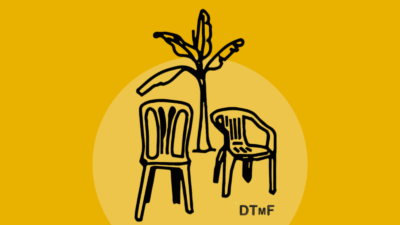A guide for healthcare brands seeking connection, not just communication
A Quiet Struggle, Hidden in Plain Sight
When Rosa’s son began withdrawing from school, she didn’t think of therapy.
She thought maybe he needed more discipline. Or more prayer.
In many Hispanic households, mental health isn’t something you talk about openly.
It’s something you carry quietly. You keep going. You say, “Así es la vida.”
But this silence comes with a cost.
For healthcare brands and organizations, that silence isn’t just a communications challenge—it’s a cultural chasm. One that literal translation can’t solve.
Because even if you say everything “correctly” in Spanish, if it doesn’t feel emotionally authentic, it won’t connect.
Instead, it might reinforce the very stigma you’re trying to break.
In our communities, how you say something matters more than what is said.
The Limits of Word-for-Word Translation
Let’s break it down.
Terms like depresión, ansiedad, or terapia may be technically accurate. But emotionally, they often fall flat.
You might hear:
“Therapy? That’s not for us.”
“That’s just being sad. You have to keep going.”
A campaign that says,
“If you feel depressed, seek help”
might be clear—but what does it mean emotionally?
It can feel foreign. Even intimidating.
It’s not that our community doesn’t care about mental health.
It’s that we’ve been taught to manage it differently.
And if your campaign doesn’t reflect that, people won’t see themselves in it.
What Does Culturally Relevant Look Like?
At BOLD, we help brands and organizations move beyond translation.
We shape mental health messaging that mirrors the lived realities of Hispanic families in the U.S.
This means adjusting the words and the emotion, tone, and narrative behind them.
We consider:
- Language preferences across generations and regions
- Emotional framing that creates comfort rather than resistance
- Storylines rooted in caregiving, faith, family, and inner resilience
- Trusted communication channels, from WhatsApp to local radio to community centers
When you meet people where they are—emotionally, linguistically, culturally—the message stops being a campaign. It becomes a conversation.
Seeing the Difference
Direct translation:
“If you feel depressed, seek therapy.”
Technically correct, but emotionally disconnected.
Cultural adaptation:
“Talking to someone isn’t weakness. It’s strength. Take care of yourself so you can keep caring for others.”
Rooted in caregiving values, this message feels familiar, not foreign. It reframes support as service, which resonates across generations.
This isn’t just about using Spanish.
It’s about using the emotional language of the community.
So, What Do We Call This Approach?
This method is called transcreation.
But the term isn’t as important as the experience it creates:
- A sense of safety
- A respectful tone
- A feeling of being truly seen
When it comes to sensitive topics like mental health, a message like this doesn’t just inform.
It invites.
Translation vs. Transcreation
| Translation | Cultural Adaptation (Transcreation) | |
| Word-for-word | Yes | No |
| Emotionally resonant | No | Yes |
| Addresses stigma | No | Yes |
| Rooted in community values | No | Yes |
| Builds long-term trust | No | Yes |
Reach the Heart of the Community
This Mental Health Awareness Month, consider how your message lands—not just linguistically, but emotionally.
Mental health deserves more than accuracy.
It deserves care. Depth. Cultural fluency.
That’s what we offer at Transcreation Studio™—messages designed to reflect the full complexity and beauty of Hispanic life in the U.S.





